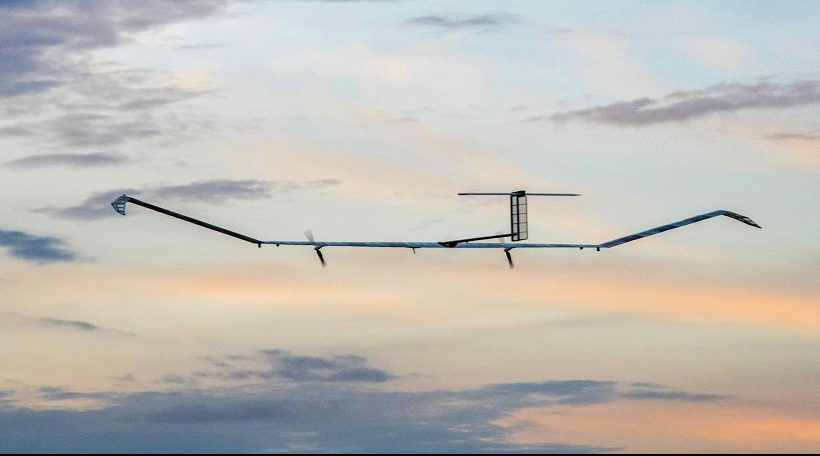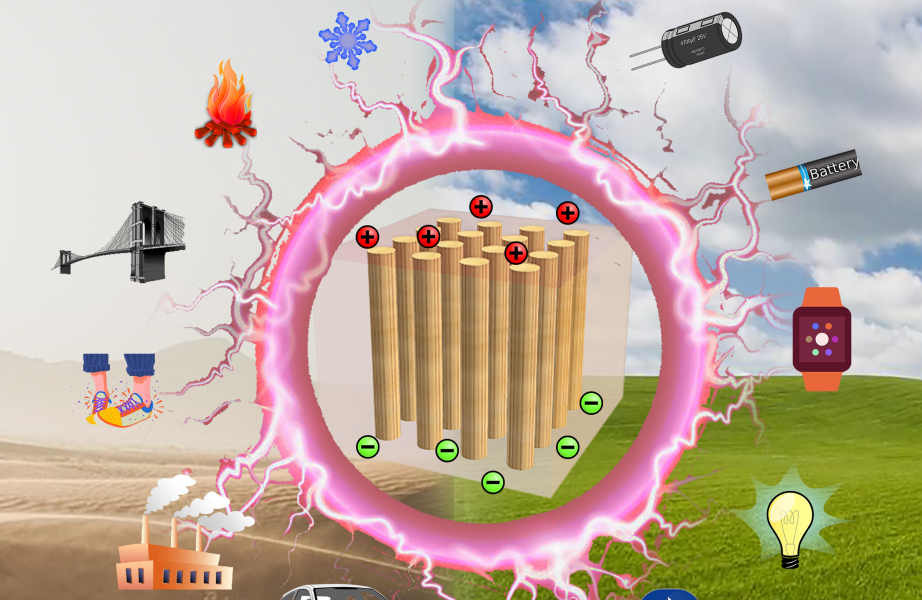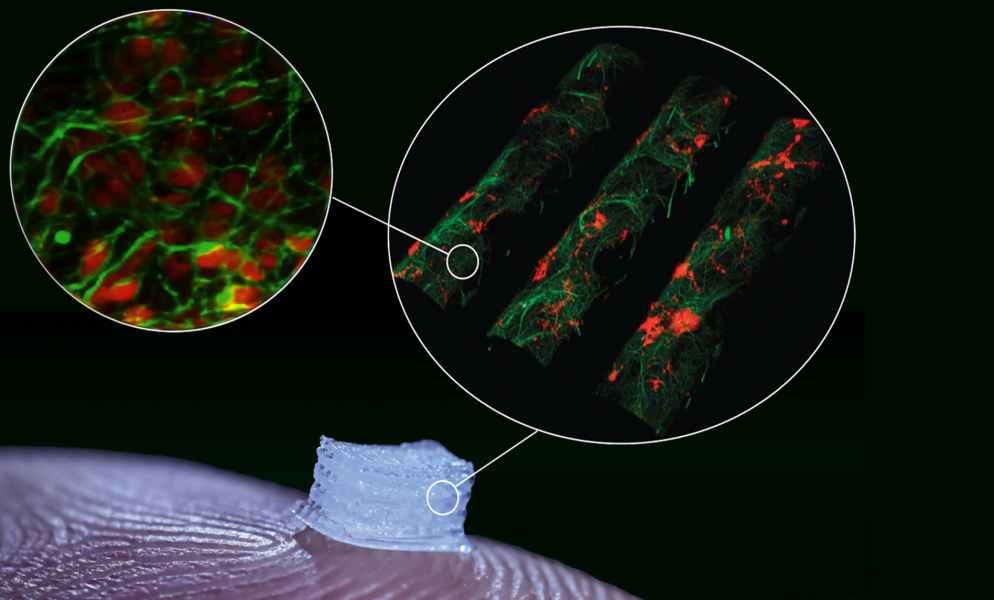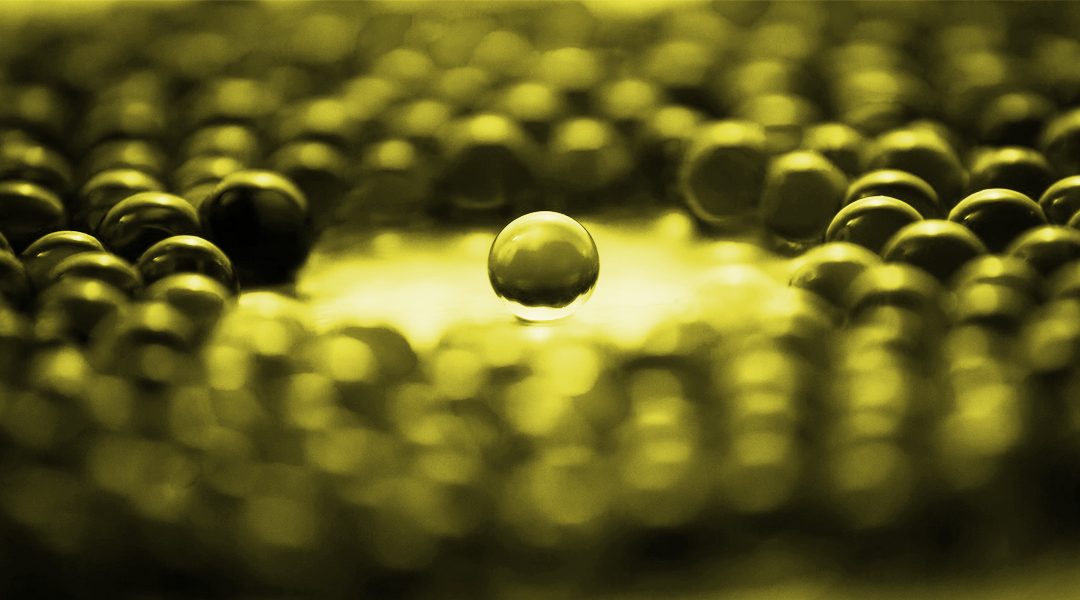25 days, 23 hours, 57 minutes: Airbus Zephyr Pseudo-Satellite flies for longer than any other aircraft before.


25 days, 23 hours, 57 minutes: Airbus Zephyr Pseudo-Satellite flies for longer than any other aircraft before.

Dr. Rahul Vaish discusses his recent article on lead-free pyroelectric materials for energy harvesting, which brings new insights on the development of this technology for the efficient harvesting of thermal energy from waste heat.

Advanced Materials Interfaces began in 2014 as a forum for top-level research into interface and surface science. In this short time, it has already attracted many important, highly interdisciplinary contributions from recognized experts. To build on this and to...

A 3D printing approach for precise cell placement on tissue engineered scaffolds is developed.

Researchers from Mainz and Aschaffenburg use a sugary material to help save our depleted ozone layer.

A team at KIT has reached a new limit for electronics, with a quasi-solid-state transistor that functions via the switching action of a single atom.

The possibilities of using photoacoustic techniques as a versatile tool for lympathic-related clinical applications is discussed.

Despite massive growth in nanomedicine research to date, the field still lacks fundamental understanding of how certain physical and chemical features of a nanoparticle affect its ability to overcome biological obstacles in vivo and reach its intended target.

A team of American researchers tested the possibilites of using Raman spectroscopy to assess collagen structure or collagen integrity in bone.

Synthesis approaches, mechanisms of DNA response to the surrounding environment and biomedical applications are highlighted.